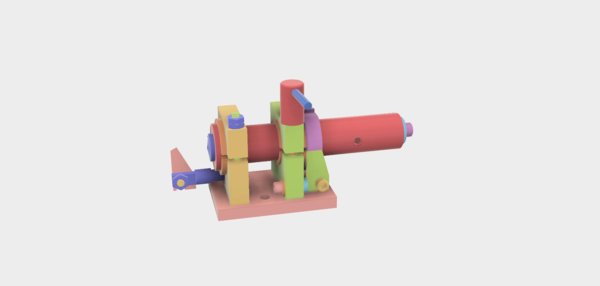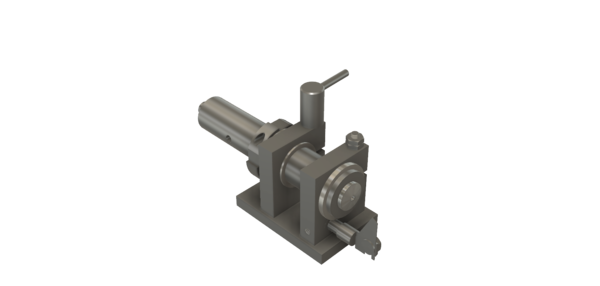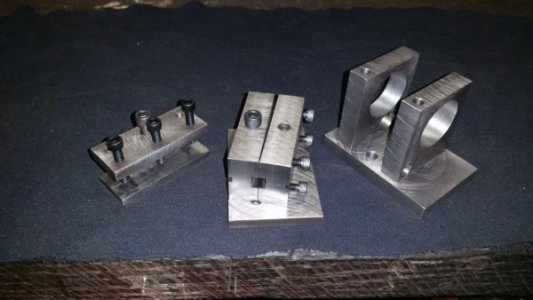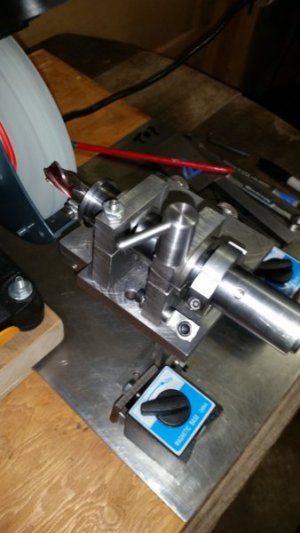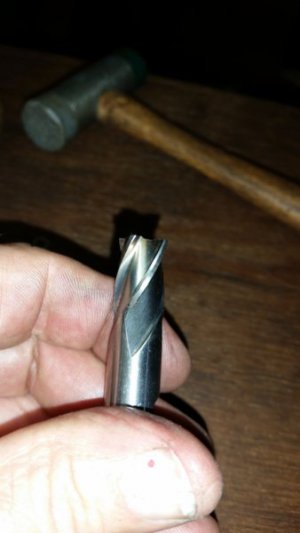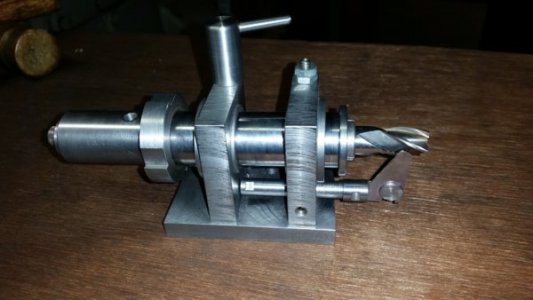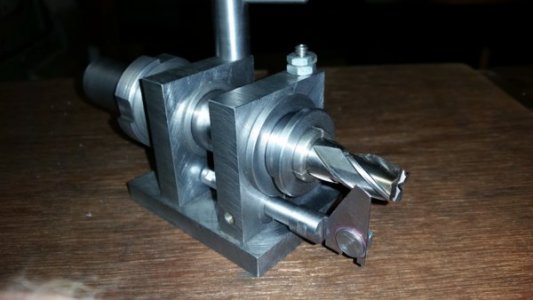A
Alan H.
Forum Guest
Register Today
Ted, I received the book today and the drawings are NOT in inches but are still metric (mm). Not sure how the book was updated for the American market but anyway we have our answer.I bought the original. I wonder if the updated one already has the drawings converted to inch dimensions???
Ted

